"Frame Study of the Movie 'Modern Times' by Charlie Chaplin"
Understanding Zeitgeist of the 20th Century: From Modern Times to the era of Great Dictators
This blog is prepared as a part of a thinking activity assigned by Dilip Barad Sir to understand the Zeitgeist of the 20th Century: From Modern Times to the Era of Great Dictators.
In this blog, we'll talk about the key features of the 20th century and how they appear in Charlie Chaplin's film "The Modern Times."
About The 20th Century:
Introduction of The 20th Century:
The 20th century, lasting from 1901 to 2000, was a time of profound global change, characterized by unprecedented technological, social and political changes. Two world wars, the rise of totalitarian governments, and significant advances in science and industry marked the transition of the century from agrarian societies to industrial nations. It was a time of both progress and turmoil that shaped the modern world and laid the foundation for the complexity of the 21st century.
Settings of The 20th Century:
The 20th century saw major global changes. The most important events are the First and Second World Wars, the Cold War, the development of technology and social movements. Notable events include the Roaring Twenties, the Great Depression, the space race, and the spread of the Internet at the turn of the century. The century ended with the collapse of the Soviet Union and the beginning of the digital age.
• The Transformative Impact of Industrialization:
The 20th century marked a rapid shift to industrialization and transformed economies around the world. Mass production and technological development pushed the economy to grow and at the same time caused social unrest. As people traveled to cities for work, urbanization increased and new social and economic institutions emerged.
• The Rich-Poor Divide:
The divide between the wealthy elite and the working class grew wider as a result of industrialization. Economic inequality increased with the rise of major industries, sparking social unrest, labour strikes, and the push for workers' rights. For many people, the 1930s Great Depression made matters worse financially.
• The Dictators of the time :
The 20th century saw the rise of dictators like Hitler, Mussolini, and Stalin who centralized power, used propaganda, suppressed dissent, and pursued aggressive foreign policies. Their authoritarian rule left a lasting impact, contributing to World War II and shaping the geopolitical landscape of the century.
• The Behavioral Patterns of Dictators:
The dictators had a common pattern of behavior, characterized by censorship, propaganda, political purges, and disregard for human rights. They've often promoted cults of personality, projecting the image of power and infallibility. Conflicts such as World War II have been caused by militantization and aggressive foreign policies.
• Social Movements:
The century saw the rise of important social movements in the midst of turmoil. Civil rights struggles, feminist movements, and anti-colonial movements sought to address systemic injustices and promote equality.
• Technological Advancements:
Technological progress has transformed communication, transport and daily life in particular during the last half of the twentieth century. The internet has transformed the world into a globalised society since its invention at the end of the twentieth century.
• Introduction of the movie "The Modern Times" by Charlie Chaplin:
Modern Times is a 1936 Classic American silent comedy film written and directed by Charlie Chaplin, in which his famous Little Tramp character struggles to survive the modern industrial world and it is considered one of the greatest comedies of all time. In Chaplin's view, the film is a commentary on the desperate employment and financial conditions faced by many people during the Great Depression, which he sees as the result of the efficiency of modern industrialization.
Character of Tramp:
Tramp, the iconic character in "Modern Times" portrayed by Charlie Chaplin, is a silent, lovable everyman. Through physical comedy and resilience, Tramp navigates the challenges of a rapidly industrializing world, offering a timeless reflection on the human spirit in the face of modernity.
About Frame Study:
Frame study involves analyzing individual frames of a film to understand visual composition, cinematography, and storytelling elements.
Human as Machine in Industrial World:
1st Frame:
In the opening frame, the presence of a clock alongside the introduction of characters signifies the pervasive influence of time on people's lives, driven by the demands of industrialization. This imagery emphasizes that individuals are bound by time, highlighting the structured nature of human existence dictated by the clock—a clear reflection of the impact of industrialization on our daily lives.
2nd Frame:
In next frame we can find there are ships on one side of the photo and people on the other. They appear similar because they are both performing the same thing over and over again. The ships move in a predictable manner, as do the human beings, who appear to be depressed. This illustration depicts how life may feel like a machine, with everything repeating itself. It's similar to how toys always move in the same way. The people in the image are caught in a routine, similar to how toys move in the same pattern over and over.
We observe that the ships follow each other in a line, moving like a machine. Similarly, humans also act the same way. They rush blindly in groups for work in the industrial world.
Environment of Factory: .
In this picture, assembly line workers are stuck in a boring routine and must perform repetitive activities. They don't stop to assist a colleague who has a bee on their face because they are too preoccupied with their work. This demonstrates how ensnared in their work and powerless to break free from the tiresome loop are the workers. The scenario emphasises how dehumanising such labour is—people are enmeshed in a robotic rhythm, cut off from their environment and even from their own inclinations.
The boss of the factory is watching over the manufacturing workers in this frame. It appears to be CCTV that is operated in a different manner.CCTV aids in the efficient monitoring of tasks, assuring correctness and prompt guidance. Constant surveillance, on the other hand, can govern people's behaviour by balancing the rewards of finding criminals with the invasion of privacy. In the film, Chaplin examines this playfully, emphasising the significance of the mind which can rule over Muscular.
In this frame we can see how the automatic food feeding machine is being tested. The owner of the factory chooses a tramp ne for his trial.And the system of that machine gets corrupted and everytime spoiled.
Social movement Unemployment :
In this scenario, workers are using protests to voice their concerns, and Charlie unknowingly becomes part of the gathering. In the 20th century, job security—which is necessary to satisfy fundamental human needs—became a major concern. Labourers often faced difficulties like low pay or layoffs as a result of plant closings, which led them to express their complaints via demonstrations.
Here we can see that the Tramp unintentionally consumes "nose powder," postponing his journey back to his cell. When he does return, he valiantly stops efforts at jailbreak, saving the warden. The warden extends his gratitude for the Tramp's actions by granting him freedom. But he politely declines, saying he would rather be in the safe, comfortable walls of prison than face the unknown. It also depicted reality of Jail and life of criminals.
In this frame, we observe the feminization of masculinity. Through this, Chaplin satirizes Victorian social norms.
• Life of Poor people:
This frame depicts a circumstance where a girl, forced by the need to feed herself and her family, resorts to stealing despite her reluctance, illustrating the challenges of poverty.We may also examine the impact of unemployment on the family because her father was an unemployed worker.
Her father was shot by a police officer. It also represents the loss of a job and a poor conditions of workers.
The Jailer gives him a recommendation letter in this scene, a symbol of optimism for a career. So he can get good job. A simple recommendation letter might still be useful for career chances today. It is because of this letter that he gets a new job. It shows how people trusted someone to work even on the basis of a letter.
This scenario depicts mall culture, a place where people can find the happiness and freedom they want. It's a location where dreams and wishes can come true, symbolising the modern atmosphere in which people can satisfy their desires.
The scene in Modern Times takes place on the fourth floor of a department store, in the toy section. Tramp and Ellen put on skates, and he skates about blindly, seemingly backing right up to the edge of a precipitous drop where the handrail has shattered. If we compare it with socity, we can see how people sometimes blindly follow authority and its orders without questioning them.
Dream v/s. Reality:
These two images contrast with each other. In the first image, their dream house symbolizes a well-settled life, but in the second image, they face the harsh reality of life. The improvised wooden house in the second image, though fragile, brings satisfaction to the girl and the worker as it fulfills their desire for a dwelling. This emphasizes the issue of poverty, highlighting how individuals in challenging situations can find happiness in modest homes.
After the Great Depression:
The factory reopens after the Great Depression, producing a disturbance in this scenario. Increased automation, on the other hand, displaces many workers, resulting in widespread unemployment, with only those proficient in running machines finding work.
This illustration depicts the upper class's perspective towards lower-class people as servants. The representation depicts an elderly rich guy dismissing the Tramp, emphasising the difficulties experienced by the poor in the presence of wealthy people.
This image reveals how wealthy individuals are entertained by the dance of a less privileged girl. It also portrays how economic challenges have compelled her to work as a dancer to achieve a more stable life.
In this scene, the Tramp performs a dance and sings a delightful song to entertain the affluent audience. This song known as “Nonsense Song” (1936).
The film gracefully concludes with an open road leading towards mountains, symbolizing the enduring need for hope in the face of life's obstacles. This timeless frame elegantly encourages optimism amidst hardship, expressing Chaplin's profound belief in perseverance and finding hope—an outlook gracefully reflected in his life and beliefs.
Conclusion:
So in nutshell, we can say that Exploring the pictures in "Modern Times" by Charlie Chaplin is like going on a visual adventure to understand how things were in the 20th century. Each picture tells a story about how factories worked, how people were different, and how they stayed strong. Chaplin's pictures show us what life was like back then, from working in factories to dreaming about the future with an open road. It's like looking through windows into a time long ago, helping us feel what the 20th century was all about.
Thank you so much for Reading 😊

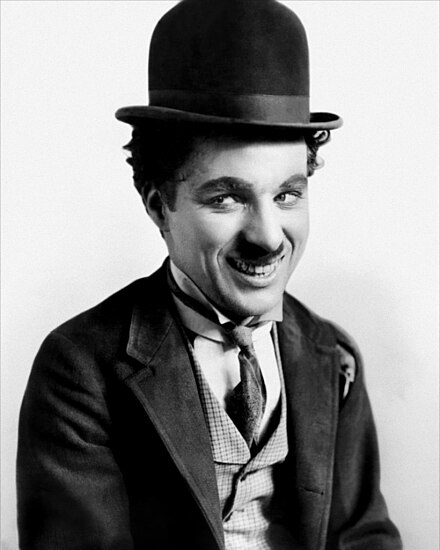
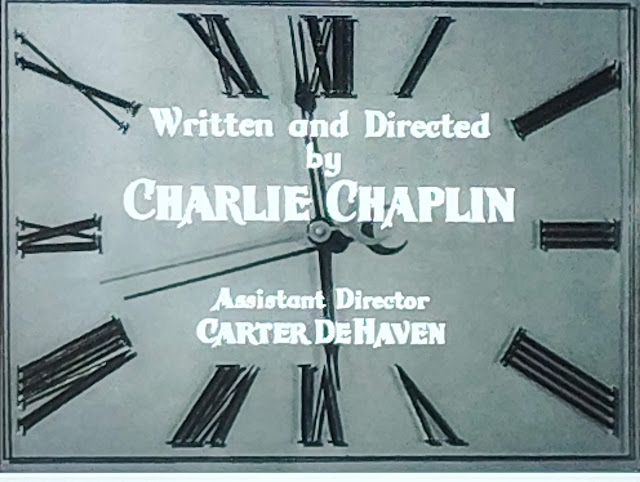
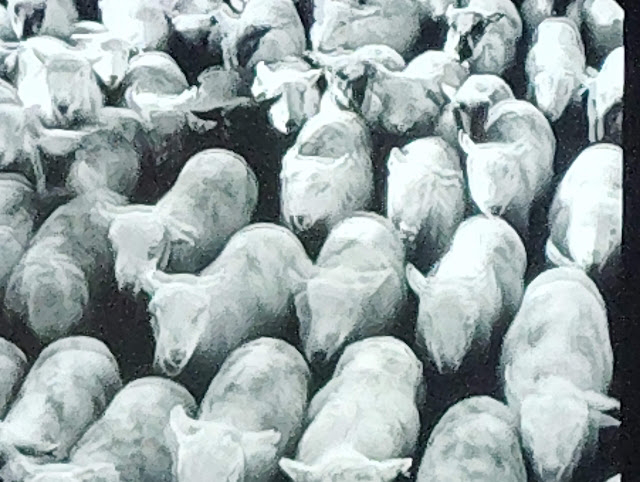




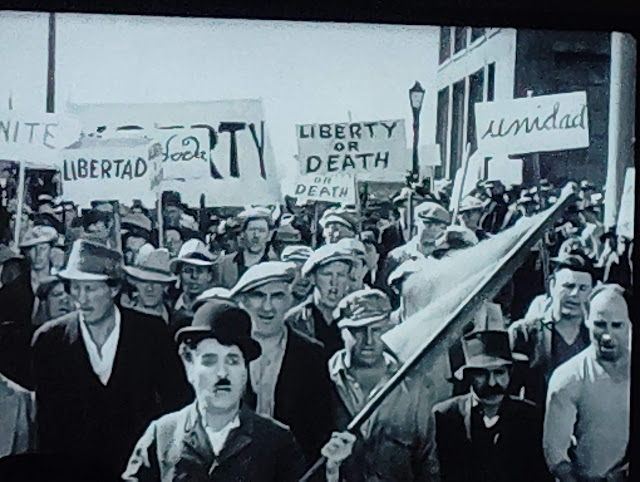





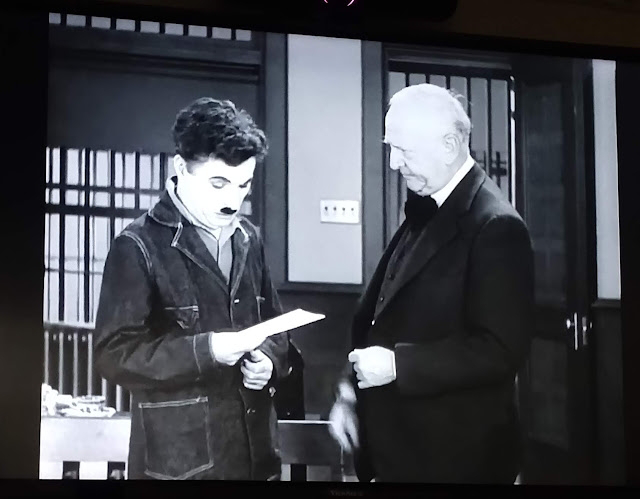


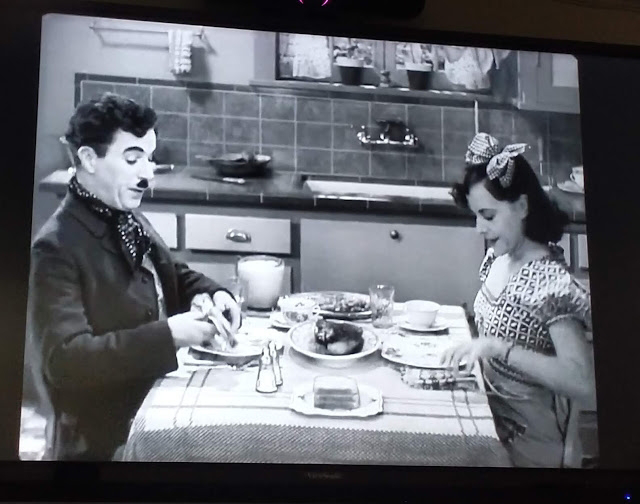
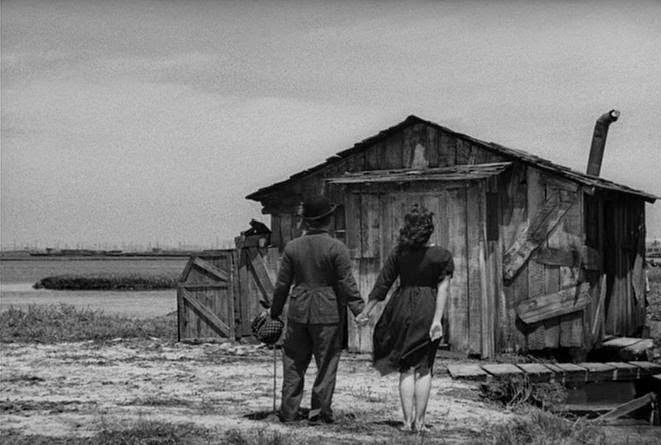







No comments:
Post a Comment